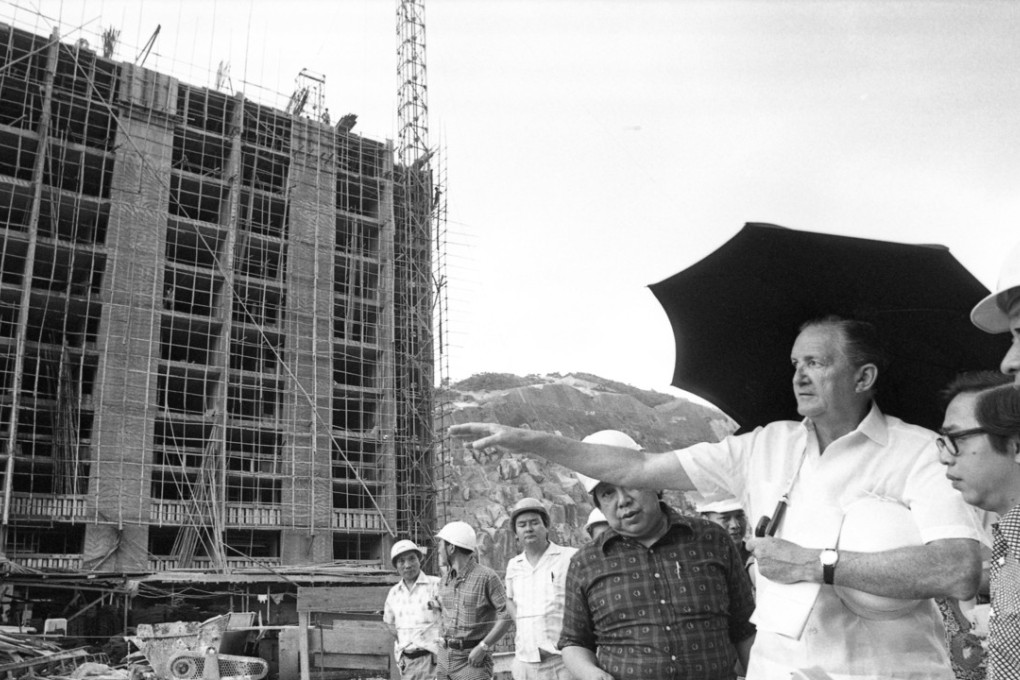The View | How MacLehose shifted priorities from resettling squatters to accommodating low-income households
While the housing policy mistakes of the past cannot explain all the causes of the 1967 Riots, they did have a role to play

After the 1967 Riots and with the arrival of Governor Murray MacLehose, more policies in support of the disadvantaged were adopted in Hong Kong.
The great expansion of public housing was the centrepiece of MacLehose’s new policy initiatives. But this also presented considerable challenges for government in terms of land acquisition and finding the required resources.
MacLehose correctly recognised that while the 1967 Riots were triggered by an industrial dispute, the public’s strongest complaints about life in Hong Kong centred on the harsh housing conditions that most residents had to endure.
Their sense of injustice was exacerbated by the allocation of many valuable public housing units to squatters rather than low-income households. Many of these squatters had incomes above the median level.
This situation had been created by a series of bad decisions that I outlined in my column last week – rent control in 1947, the resettlement of squatters in 1954, and a poorly executed amendment of the plot ratio in 1962.
MacLehose’s programme announced a shift in priorities from resettling squatters to accommodating low-income households.

